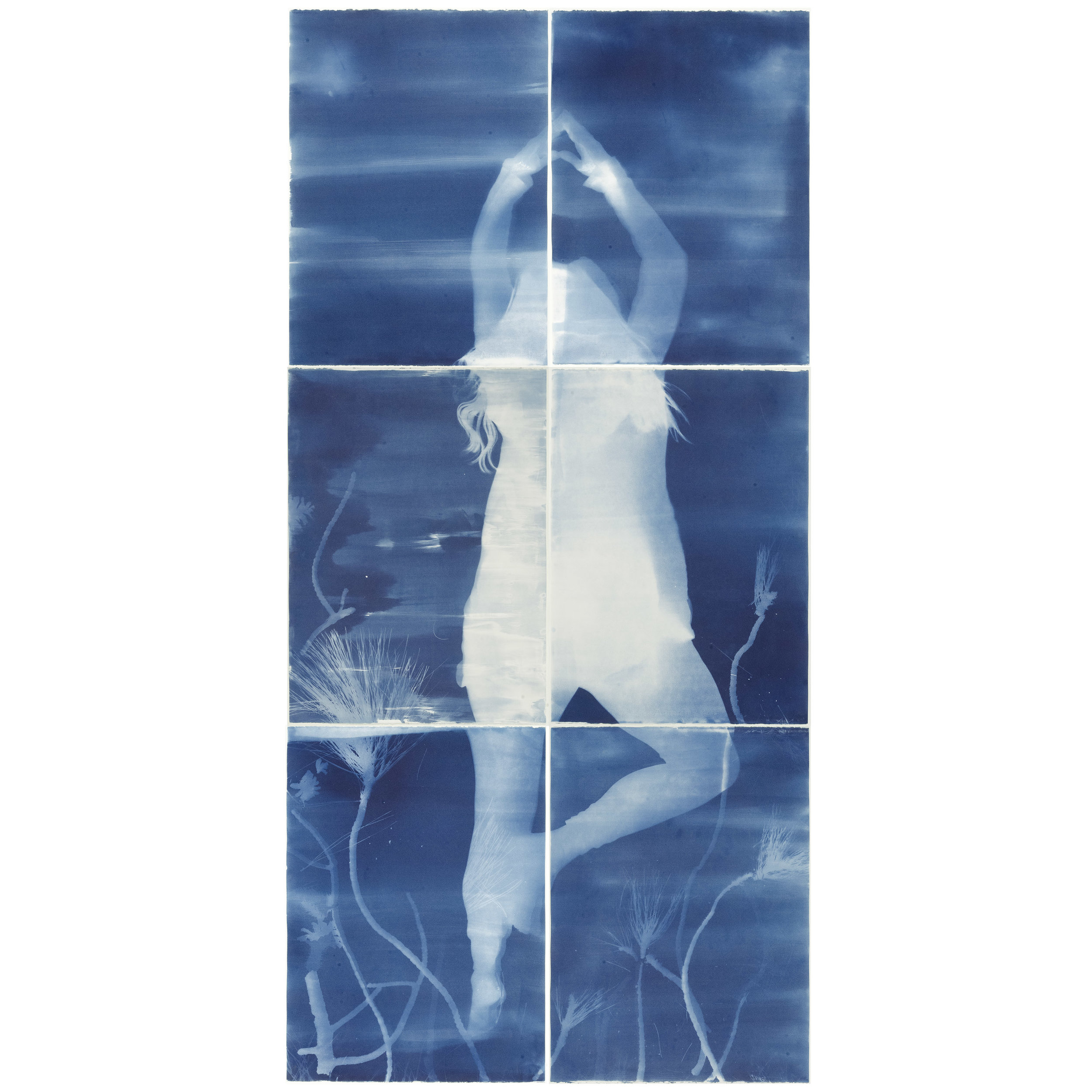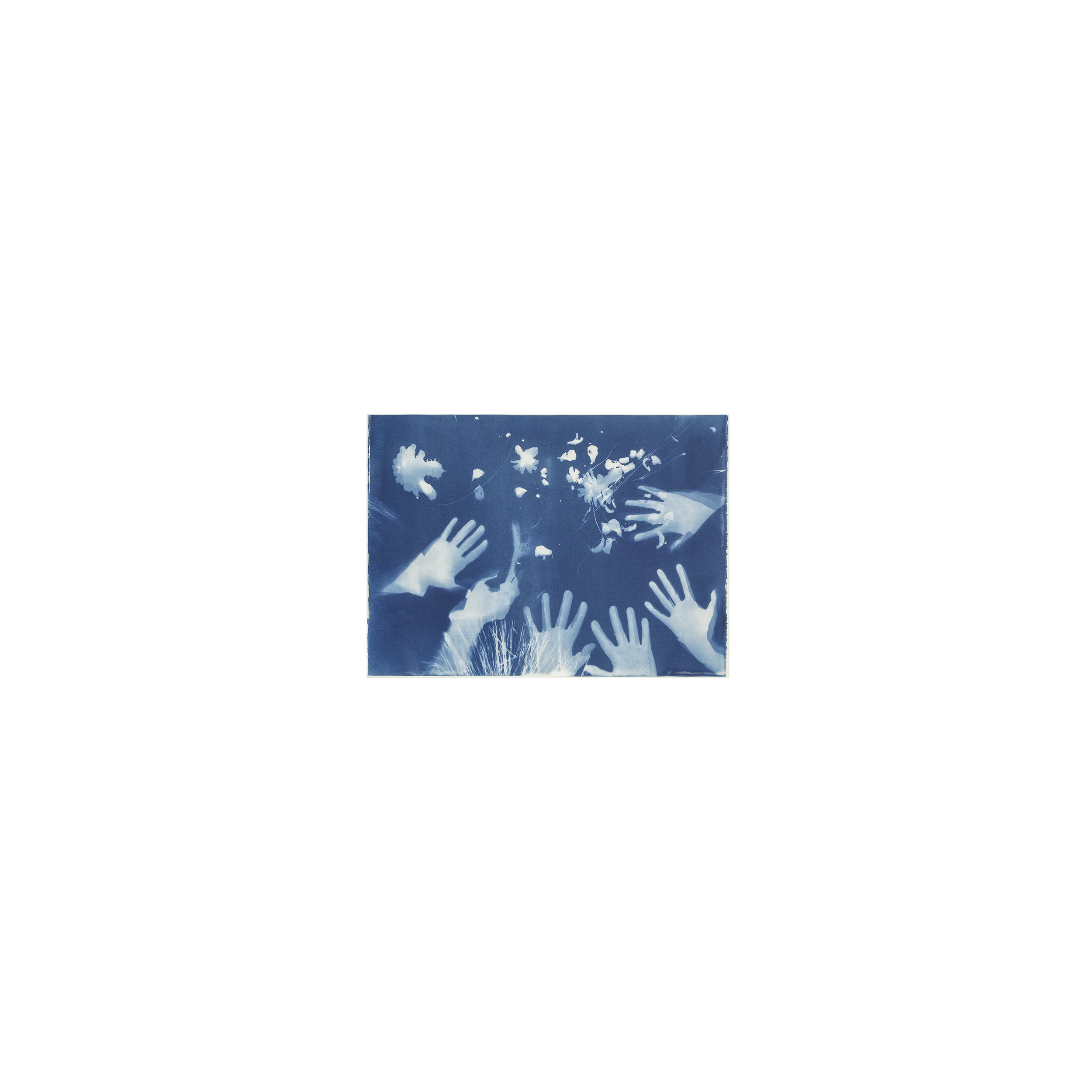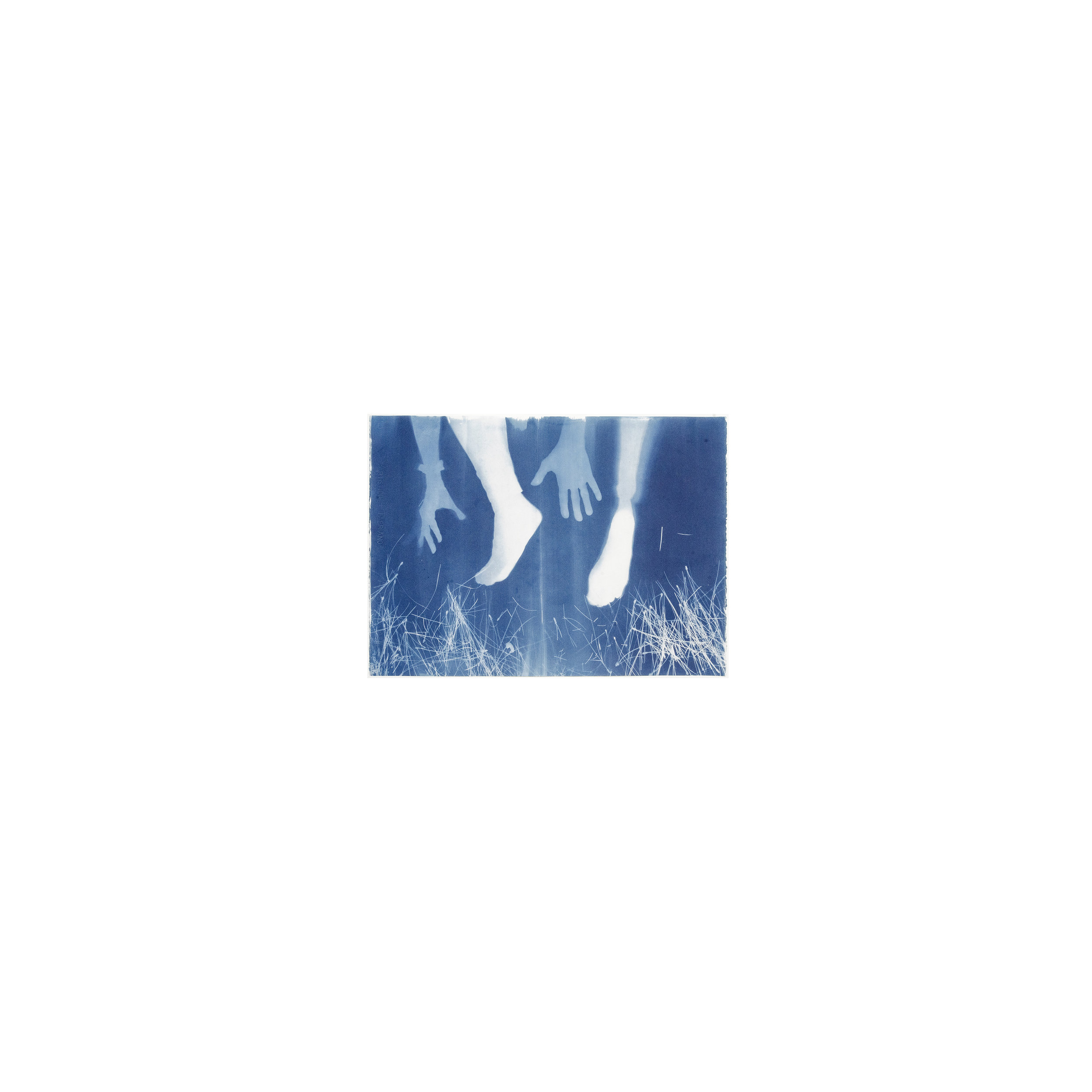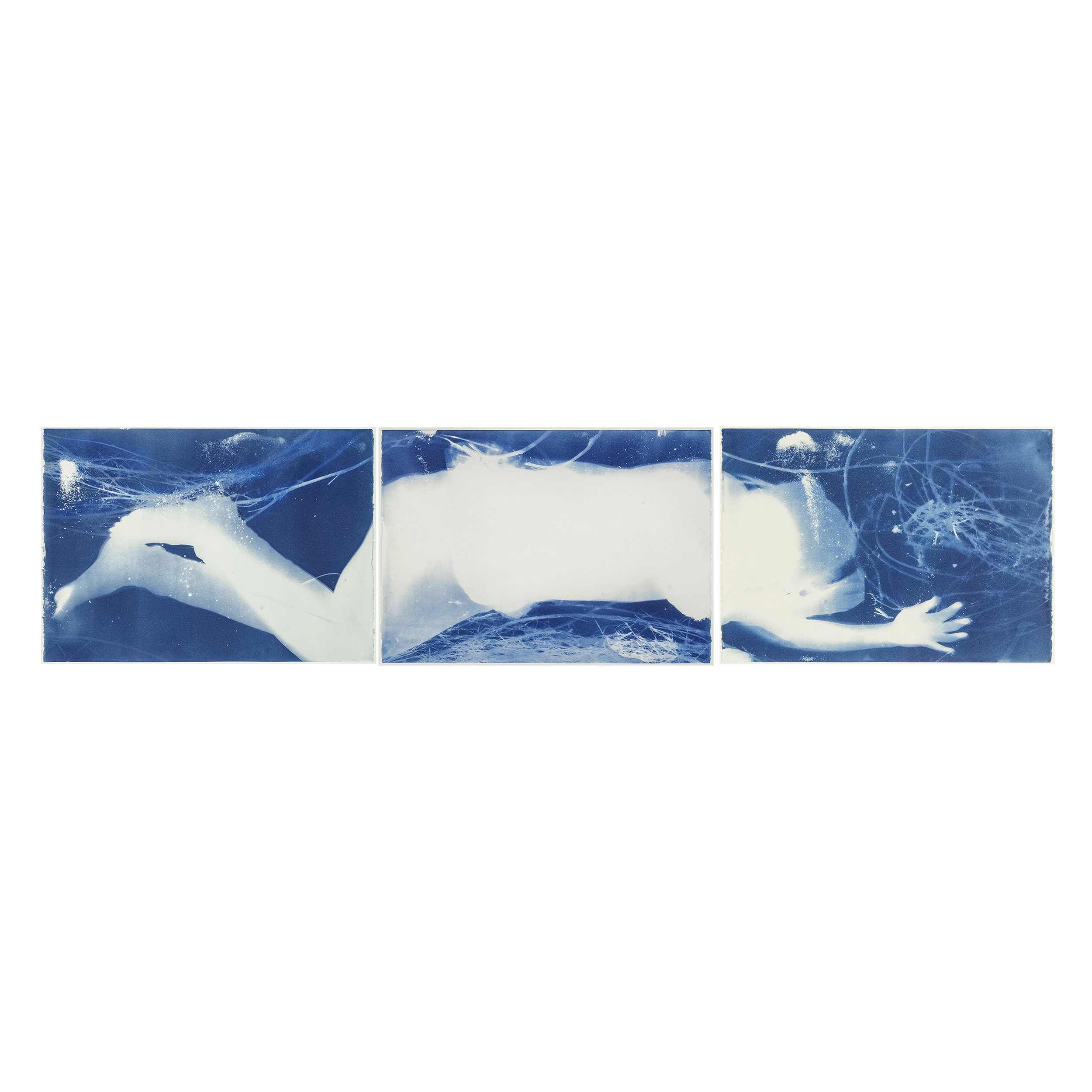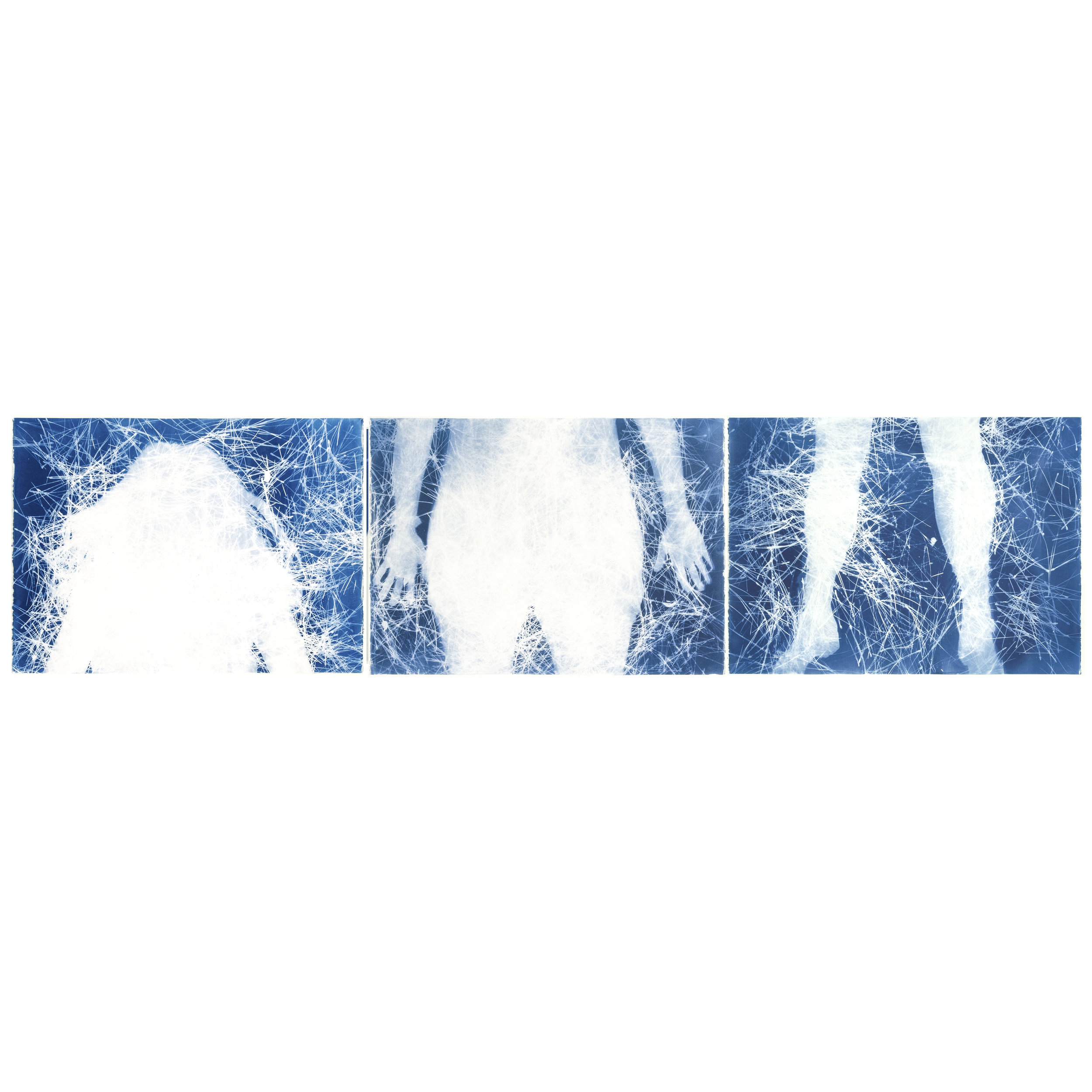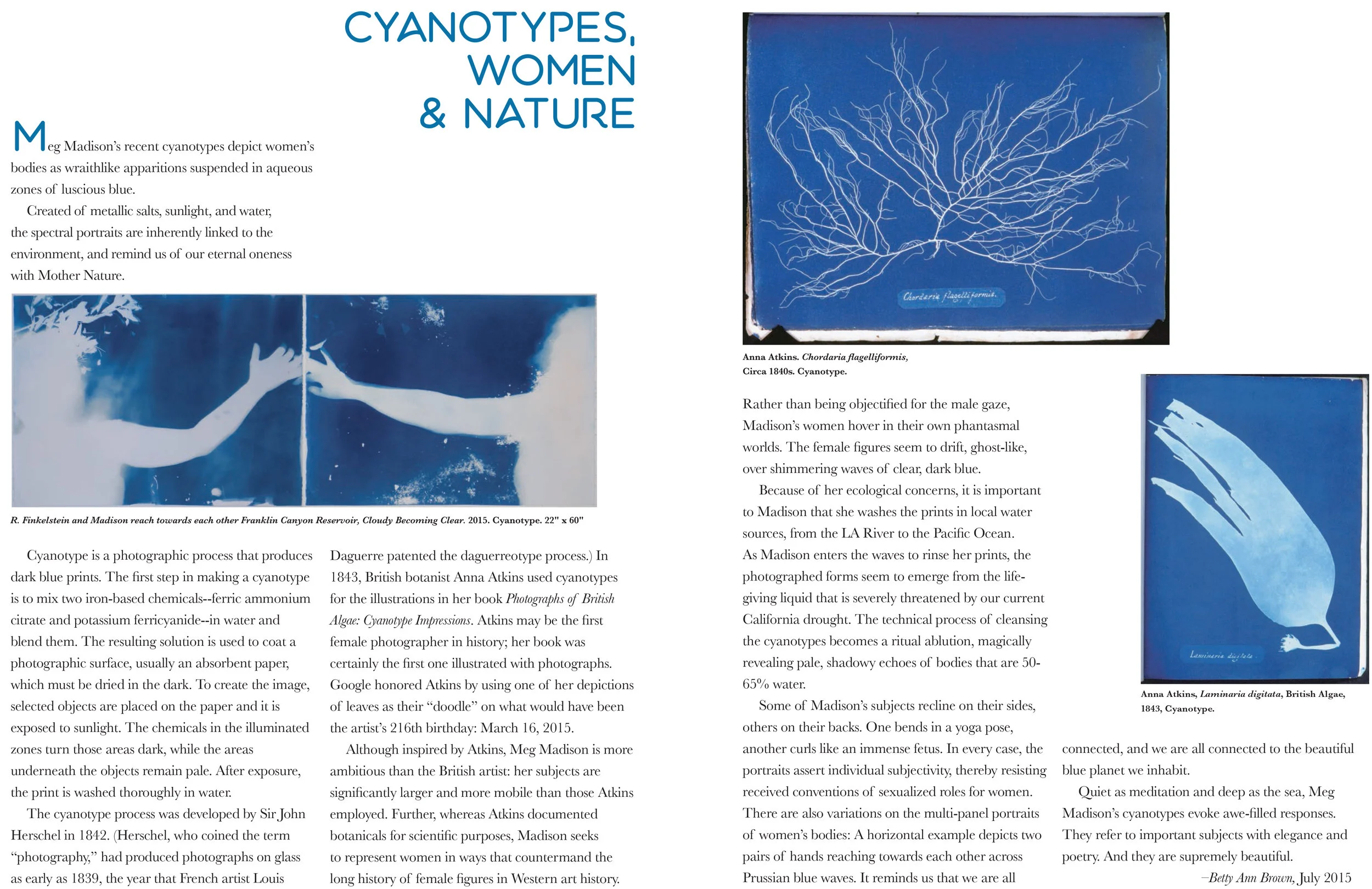In the Sunshine of Neglect
Defining Photographs And Radical Experiments in Inland Southern California, 1950 To The Present
January 19 - April 21, 2019
A Performance in the Ponderosa Pines at Big Bear Lake
Work from the Ponderosa Pine series will be Part of :
In the Sunshine of Neglect
Defining Photographs And Radical Experiments in Inland Southern California, 1950 To The Present
California Museum of Photography
January 19 - April 21, 2019
Imaginative experiment, open-eyed freedom, and personal odyssey. These are the subjects of In the Sunshine of Neglect: Defining Photographs and Radical Experiments in Inland Southern California, 1950 to the Present. Extreme freedoms are found at the margins. Inland Southern California is a region of four million people, but it is also a periphery on the edge of the LA basin. Consequently, established photographic artists and rising experimentalists have long used the area as a laboratory for experiment. In the Sunshine of Neglect is the first exhibition to survey this remarkable history. Along the way, these artists also present a statement of identity for an entire region. The exhibition features work by more than thirty-five artists including Kim Abeles, Ansel Adams, Lewis Baltz, Laurie Brown, Judy Chicago, Joe Deal, Lewis deSoto, John Divola, Christina Fernandez, Judy Fiskin, Robbert Flick, Anthony Hernandez, Sant Khalsa, Meg Madison, Richard Misrach, Chelsea Mosher, Kenda North, Mark Ruwedel, Allan Sekula, Julie Shafer, Julius Shulman, Hiroshi Sugimoto, Kim Stringfellow, Larry Sultan, and others.
Curator: Douglas McCulloh
Image list and dimensions
Holcomb Valley, Untitled, A performance in the forest 2018
Cyanotype - Paper, Iron salts, sunlight, water, wind
22” x 30”
LEFTHolcomb Valley, Pinus Ponderosa, A performance in the forest with Sant Khalsa 2018
Cyanotype - Paper, Iron salts, sunlight, water, wind
90” x 44” ( The work contains six 30' x 22' sheets of Fabriano Artistico paper )
SECOND FROM LEFTBig Bear Lake, Reeds and sand, A performance at the water with Susan Sironi, 2018
Cyanotype - Paper, Iron salts, sunlight, water, wind
22” x 90” ( Big bear Lake contain three 30' x 22' sheets of Fabriano Artistico paper )
CENTER TOPHolcomb Valley, New Trees , A performance in the forest with Sant Khalsa 2018
Cyanotype - Paper, Iron salts, sunlight, water, wind
22” x 30”
CENTER BOTTOM ( third from left)Holcomb Valley, Pine needles , A performance in the forest with Sant Khalsa 2018
Cyanotype - Paper, Iron salts, sunlight, water, wind
66" x 30” ( Pine Needles contains three 30' x 22' sheets of Fabriano Artistico paper )
Pine Needles, Touching earth CENTER MIDDLE
Pine Needles, Floating sky RIGHT TOP
Pine Needles, Untitled RIGHT MIDDLE ( Second from RIght)
MADISON STATEMENT
“Suddenly the first Thirst comes glistening out of the water”
-Hélène Cixous, Limonade tout était si infini 1982
The work starts with water, the earth, and the body’s connection to both. Water is a part of the earth, and water is a part of the composition of the matter of the body, and water is necessary for sustained life. The print once exposed to the sun needs to be developed in water for the image to appear. The water is a material of the art work, - it is what will change the iron chemical solution, initially pale yellow, then dark green after exposure to sunlight, into a brilliant blue and white print. The water becomes a part of the chemical compound on the paper, once dried the residue of Big Bear Lake remains on the paper. It is part of what makes the chemical change and it is what remains.
Where water comes from can be mysterious, it comes from the tap, it comes from the garden hose; there is no connection between the source of the water and where it is delivered. Going to the site of the water to make the artwork, draws attention to the waters connection to the land and provides evidence of the source of that particular water.
At the site of the natural body of water, the human subject that will lay their body on the paper is a witness to the body of water, and a witness to me, at times submerging my body in the water as I develop the image on the paper. The water, the body of the subject that blocks the sunlight from some portions of the paper, the paper, the sunlight, the wind and my body moving the paper through the chemical change are the ingredients, the material, the essence of the artwork.
Holcomb Valley was chosen as a site to make the prints because artist, Sant Khalsa, planted hundreds of Ponderosa Pine trees there 26 years ago as part of a San Bernardino plan to re-forest the land that had been clearcut by a mining company years earlier. Sant was returning to see trees that were 26 years old, and many younger and new baby seedling trees. The prints were made in the forest of Ponderosa Pines using the needles, dead branches, fallen live tree needles, and acorns. One print was made at Big Bear Lake where all the prints were developed in the water of the lake. No tree was damaged in the process.
May 2018
VIDEO: Madison making the cyanotypes/ sun prints of THIRST in 2015
Made by Kim Abeles of Madison making sun print of Kim's mother "Schatzie" at the Los Angeles River under the ( now gone) Sixth Street bridge.
ESSAY: Cyanotypes, Women & Nature by Betty Ann Brown
Essay by Betty Ann Brown written for broadsheet publication "THIRST: A Performance at the Water" exhibition at Groundspace Sept 2015



